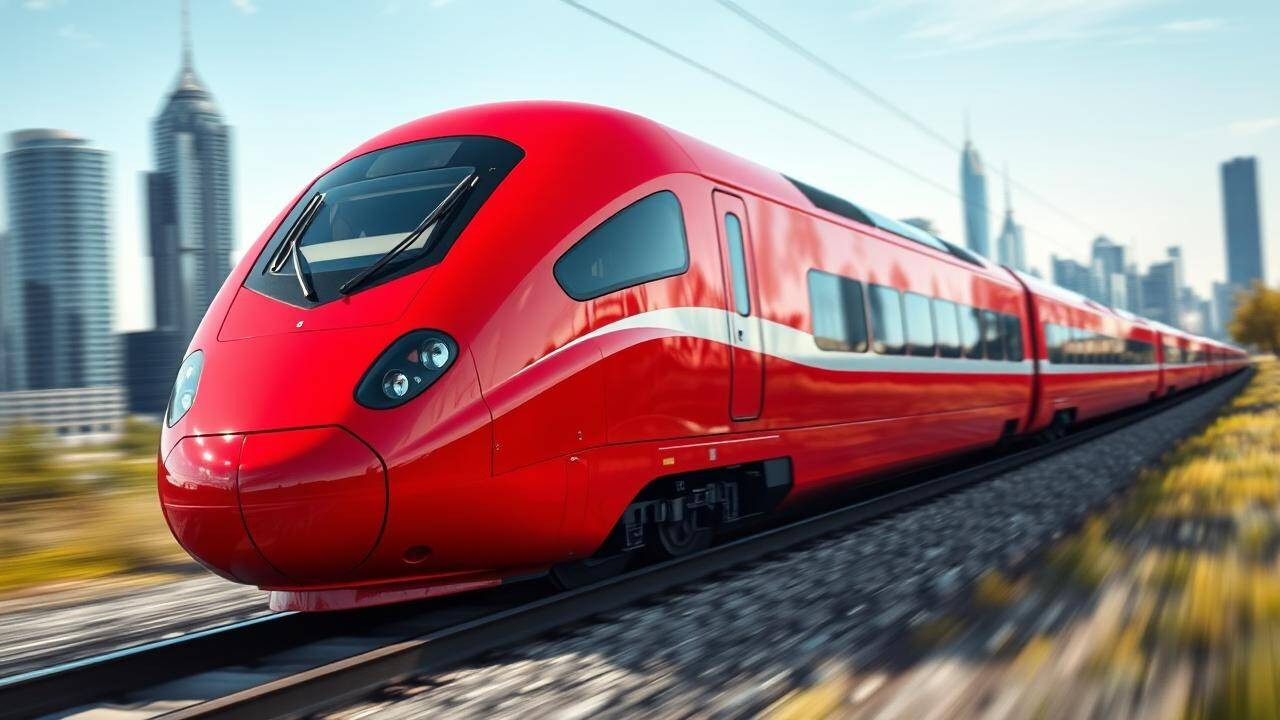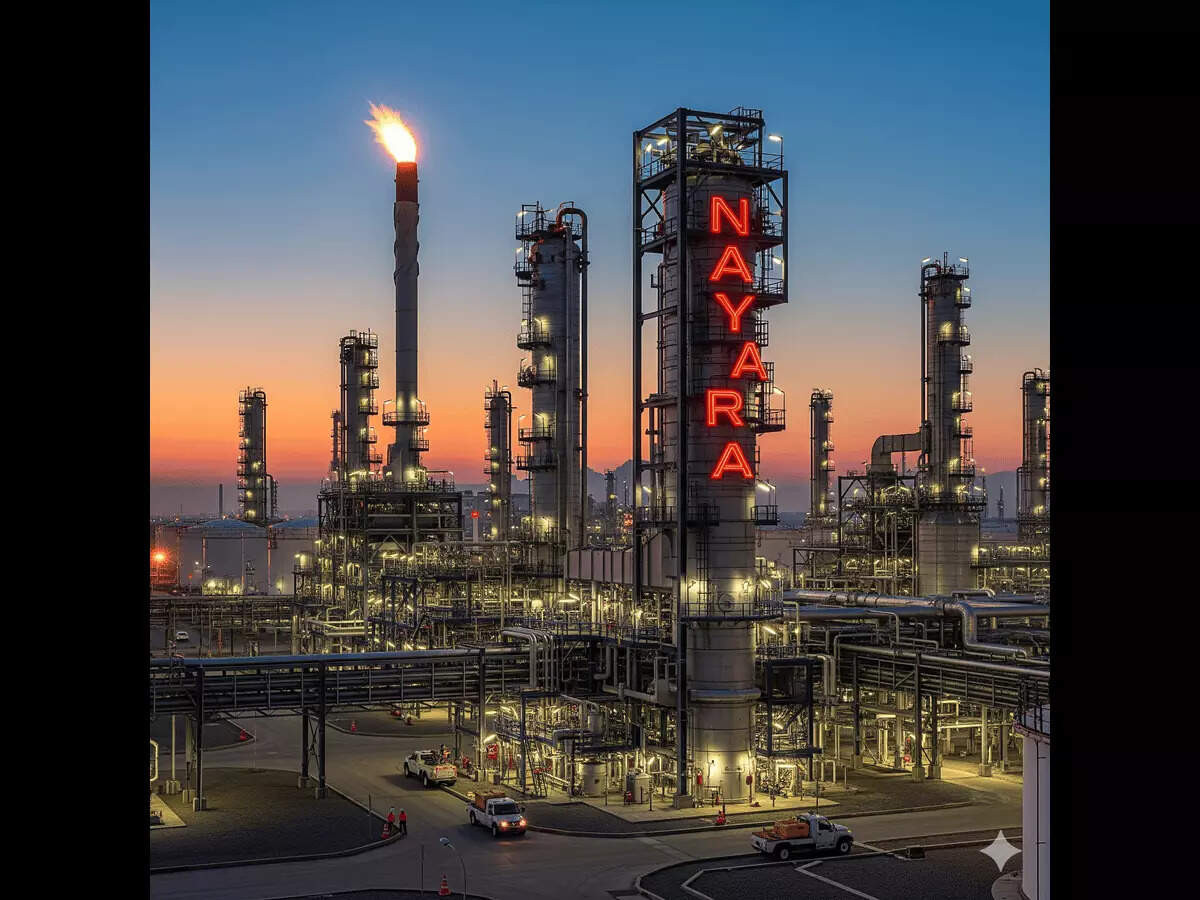India’s ambitious bullet train project connecting Ahmedabad and Mumbai progresses with a significant boost. A Siemens-led consortium secured a ₹4,100 crore contract from NHSRCL to implement advanced signalling and telecom systems.
India’s Bullet Train Inches Closer to Reality: Siemens Partnership Signals Exciting Progress
Okay, so picture this: you’re zipping across the Indian landscape, leaving behind the dusty roads and crowded airports, all while traveling at speeds you previously only dreamed of. That’s the promise of India’s ambitious bullet train project, and let me tell you, it just took a significant leap forward.
Forget the usual delays and bureaucratic hurdles that often plague large-scale infrastructure projects in India. This time, there’s some genuine momentum building, and it’s pretty exciting to witness. The recent announcement that a Siemens-led consortium secured a whopping ₹4,100 crore (that’s roughly $500 million!) contract to supply the European Train Control System (ETCS) Level 2 signalling technology is a huge deal.
Now, I know what you might be thinking: “ETCS Level 2? Sounds like techy jargon!” And you’re right, it is. But trust me, this seemingly dry detail is crucial to the entire operation. Think of it as the nervous system of the bullet train, the intricate network that ensures everything runs smoothly, safely, and at breakneck speeds.
Essentially, ETCS Level 2 is a sophisticated signalling system that allows trains to communicate directly with trackside equipment, providing real-time information about their location, speed, and any potential hazards. This removes the reliance on traditional trackside signals, which can be prone to human error and limitations in high-speed scenarios. In short, it’s a game-changer. This system is what allows trains to safely travel at those incredible speeds in Europe, and now, it’s coming to India.
The consortium includes not just Siemens, but also Stal Infrastructure and a local Indian partner. This blended approach – combining global expertise with local knowledge – is, in my opinion, a very smart move. Siemens, with its extensive experience in high-speed rail technology, brings invaluable know-how to the table. Stal Infrastructure’s involvement likely ensures compliance with local regulations and facilitates smoother implementation.
But why is this particular contract so important? Well, it’s not just about speed; it’s about safety and efficiency. The ETCS Level 2 system will allow the bullet train to operate at its maximum potential, transporting passengers quickly and reliably. It also enhances safety by automatically enforcing speed limits and preventing collisions. Think of it as cruise control for trains, but on steroids, with a built-in, highly intelligent safety net.
Beyond the technical aspects, this announcement is significant because it signals a continued commitment to the project despite the inevitable challenges. Building a high-speed rail network is a massive undertaking, requiring significant investment, meticulous planning, and seamless coordination between various stakeholders. The awarding of this contract suggests that the project is moving forward according to plan, and that the government is serious about delivering on its promise of a bullet train in India.
Of course, there’s still a long road ahead. Land acquisition remains a thorny issue, and the completion timeline has already faced delays. The initial target of 2022 seemed overly optimistic, and now 2028 is being cited, but even that feels ambitious given the scale of the project.
However, the fact that key technological components are being secured and implemented is a positive sign. It suggests that the project is transitioning from the planning stage to the execution phase. And let’s be honest, the prospect of experiencing a bullet train journey in India is genuinely exciting. Imagine the economic benefits, the reduced travel times, and the sheer boost to national pride.
The Mumbai-Ahmedabad route, the first phase of the bullet train project, is set to connect two major economic hubs, potentially transforming regional connectivity and fostering growth. The impact could be profound, boosting tourism, trade, and investment along the corridor.
So, while we shouldn’t get ahead of ourselves and start packing our bags just yet, this contract award offers a reason to be optimistic. The Indian bullet train project is still a work in progress, but with each milestone achieved, the dream of high-speed rail in India inches closer to becoming a reality. And frankly, I can’t wait to experience it. This isn’t just about trains; it’s about showcasing India’s ambition, its technological prowess, and its vision for a modern future. And that’s something worth getting excited about.







